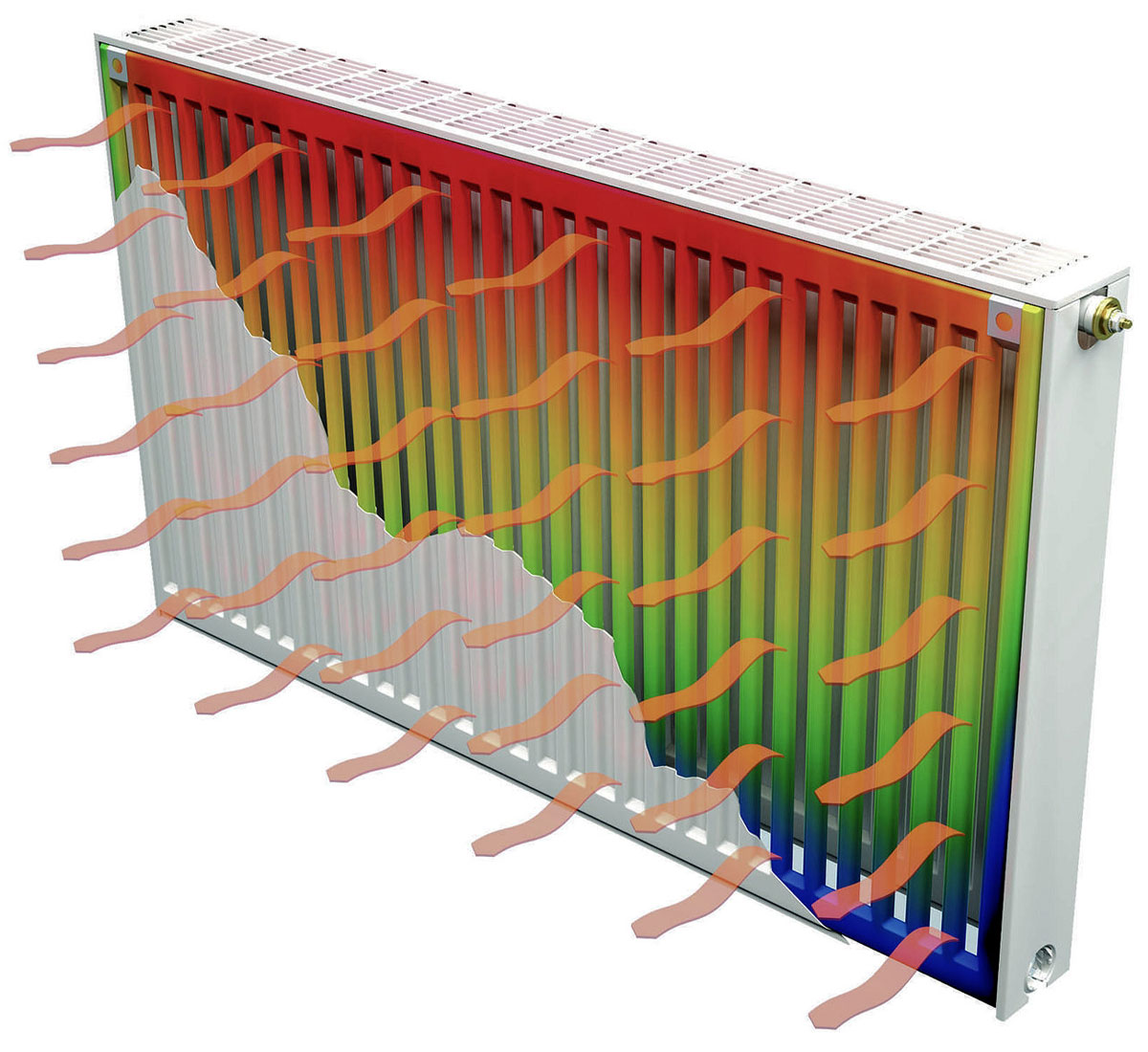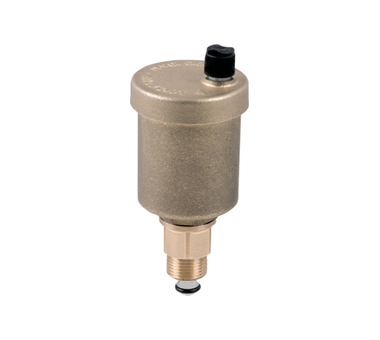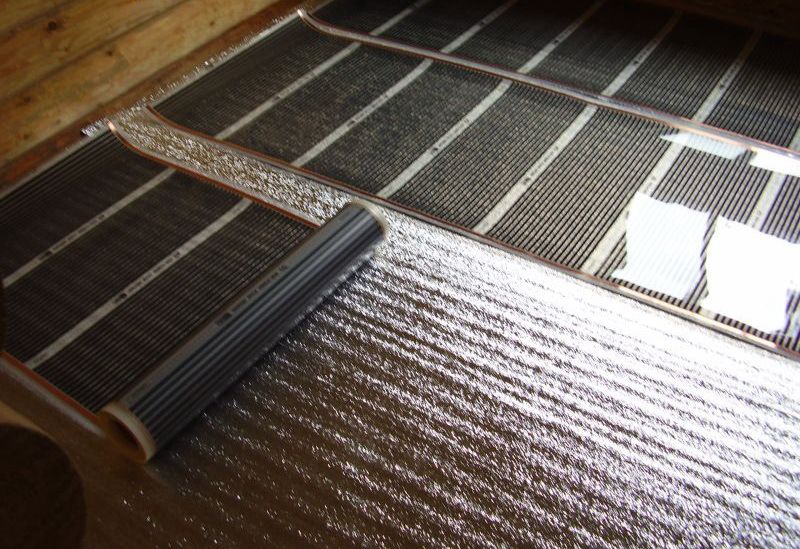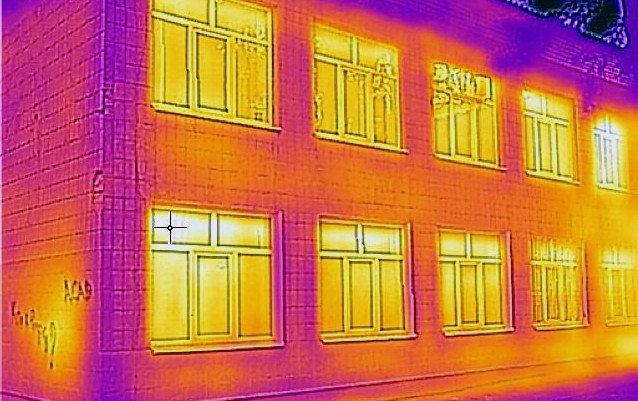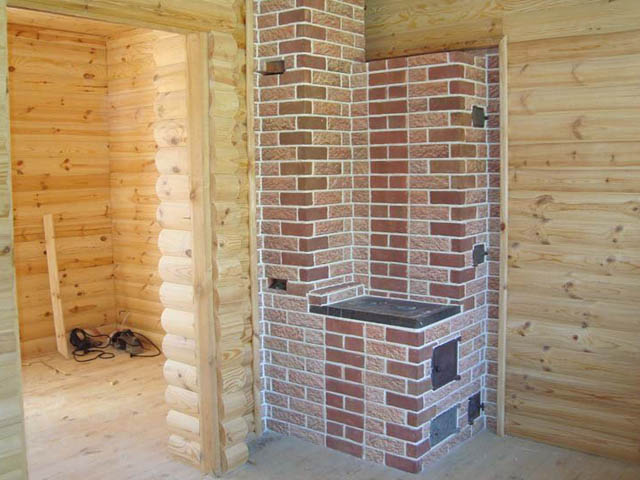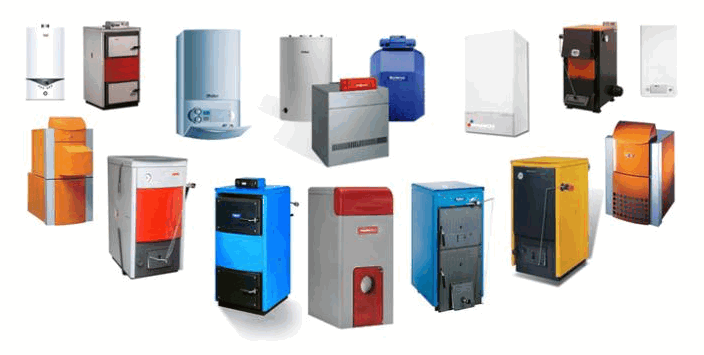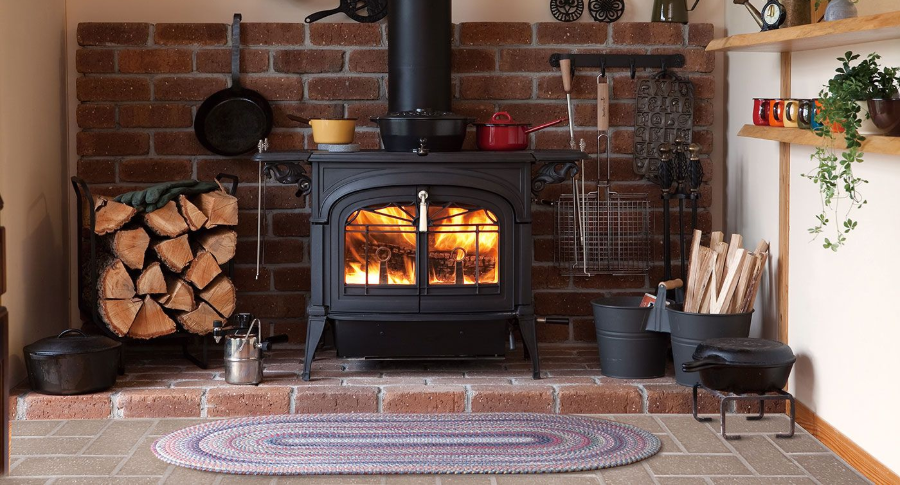Thermal insulation in the house is an important step in the arrangement. Insulating material can be attached to various clips, which include Rondol washers. This connector has gained great popularity due to its reliability and quality, as well as easy installation.
Methods for attaching insulation to the surface
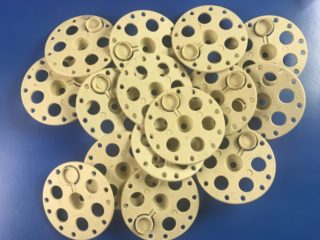
You can fix the insulation on the wall in one of three main ways:
- Creation of the lathing. It is a frame base in the cells of which the material is laid. As rails, galvanized metal profiles are used, which are not subject to corrosion and temperature.
- Adhesive base. This is a method that requires compliance with a number of nuances. First, it is necessary to choose the right composition so that it meets all the requirements and is compatible with the insulation and the surface. Secondly, it must be moisture resistant. Only glue fixing is rarely used, usually the method is combined with dowels.
- Dowels and screws. This is the main fixing method that provides a secure fixing to the wall. Rondol washers belong to the same category.
Each method has its own nuances and features that must be taken into account before starting work. The optimal method is chosen according to the condition of the wall surface, the type of insulating material and environmental factors (temperature, humidity).
Item Description
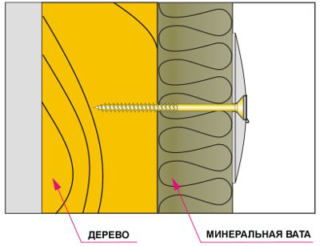
Washer Rondol is a lock made of high quality polyethylene. Reliable material allows the element to hold the thermal insulation layer on the surface without displacement. The washer is a removable part, so if it becomes unusable, it can be replaced.
The external distinguishing feature of the device is the embossed logo of the OMAX manufacturer. The washer is resistant to sudden changes in temperature, so it can be used in adverse weather and climatic conditions. Polymers are used as the material of manufacture. It is made in the form of a ring, inside which a screw is inserted.
Main characteristics:
- Standard packaging contains 50, 100 or 200 washers.
- Diameter - 50 and 60 mm.
- Material - polypropylene.
- Suitable for fixing to walls made of wood, chipboard, OSB, thin sheet steel.
- To be used in conjunction with reliable stainless steel screws of various sizes. They are selected based on the climatic conditions in which the insulation is attached, as well as the thickness of the insulation.
The fastener ensures that the material is firmly pressed against the wall. Has a high level of resistance to adverse factors (moisture, temperature).
Mounting requirements

The fastener is subjected to high mechanical stress during operation. For this reason, a high-quality retainer must meet the following requirements:
- Resistant to destruction. The washer and self-tapping screw, on which the fastening is made, must be of high strength. It is better to take nails from galvanized steel.
- The fastener material must have a low thermal conductivity. Otherwise, it can become a "cold bridge".
- Provide high adhesion. It must create adhesion to any surfaces and insulation.
These are the basic requirements that must be met for any fastener.
Surface mounting
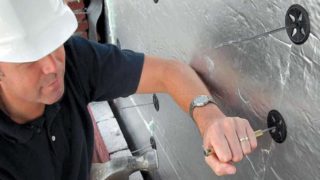
Installing the washer to the surface is simple and convenient. Any home craftsman can perform the installation without using a professional tool.
Installation algorithm:
- Surface preparation. It must be cleaned of debris and old plaster, and holes and irregularities must be repaired.
- Marking the places where the clips will be attached.
- Bonding insulation on a special compound.
- Create a hole in the wall for a screw. The depth of the hole should be equal to the length of the screw with a small margin. Also, the calculation takes into account the thickness of the insulator to be attached.
- Installing the Rondol washer for attaching the insulation. A screw is screwed inside until the material is finally fixed.
- Joint processing.
- Installation of waterproofing and vapor barrier.
- Finishing the wall.
For maximum efficiency, the Rondol washer should be combined with hardened screws with a diameter of 5 mm and a length of 5-10 cm. Installation can be done using self-tapping screws.
Washer for insulation Rondol is used for tight and reliable mechanical pressing of the insulation to the surface. Suitable for fixing soft and hard thermal insulation materials: foam, mineral wool and others. Can be fixed on surfaces made of wood, concrete, plastic, metal, brick.
Advantages and disadvantages
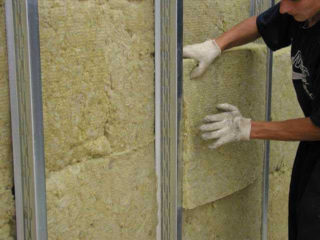
Positive qualities include:
- Low price.
- Simplicity and ease of installation. No special equipment is required.
- Wide operating temperature range. The washer is used for thermal insulation inside and outside buildings.
- Practicality. When attaching mineral wool, foam and other insulation to washers, you can get a reliable fix. In this case, the thermal insulation will not change its original shape.
- Operation under the influence of ultraviolet radiation is possible.
- Does not corrode.
In the event of a strong overtightening, the Rondol washer for fastening the insulation may burst. Because of this, installation must be done carefully, without excessive pressure on the product.
For reliable fastening, it is necessary to calculate in advance how many Rondol washers are required. The number of products depends on parameters such as surface height, sheet location, insulation area, material width, structure features and its density. For normal areas, 5 fasteners are sufficient. Corner ones are attached with 6 clips. Buildings with a height of 8 to 20 meters require 7 fasteners per 1 sq. M. Surfaces over 20 meters are attached with 9 washers.

